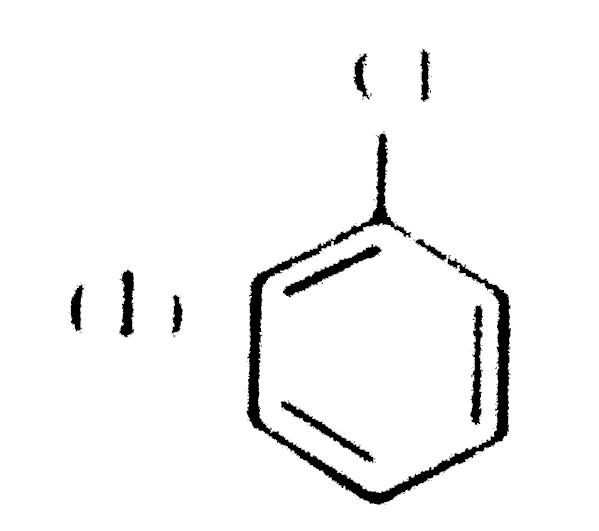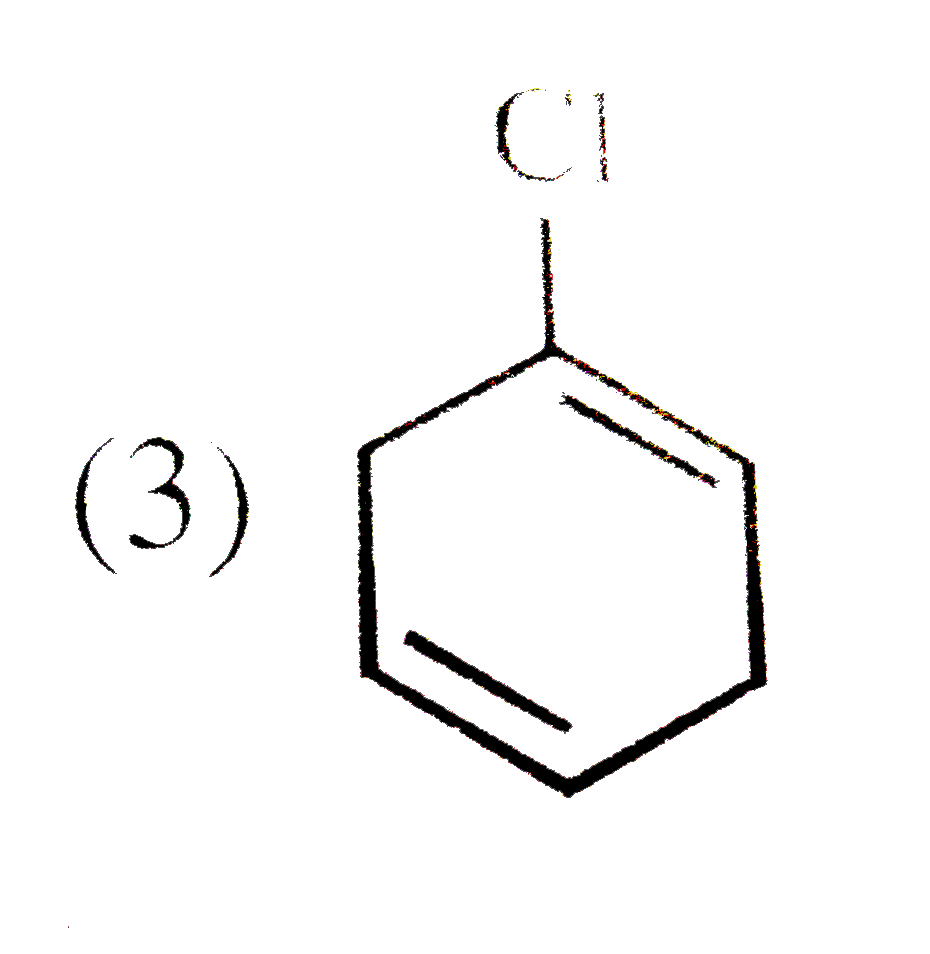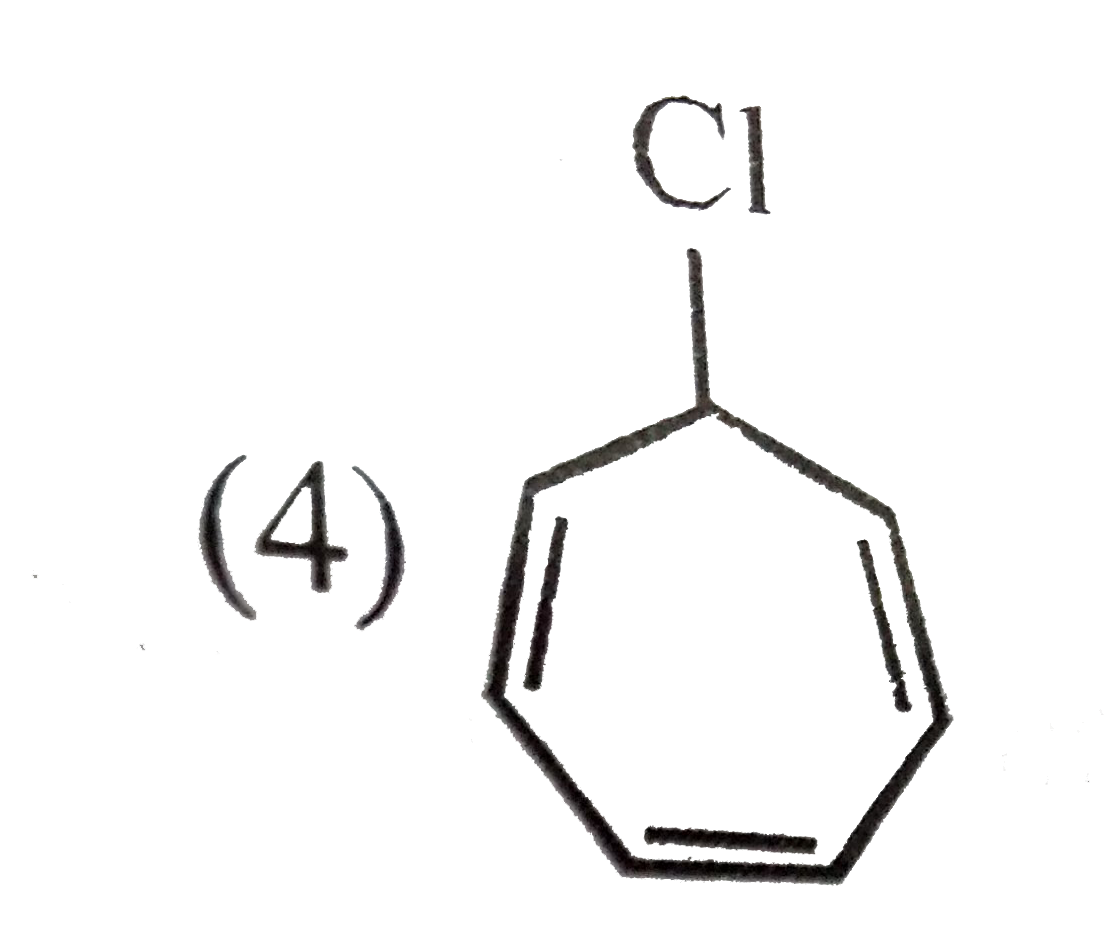A
B
C
D
Text Solution
AI Generated Solution
The correct Answer is:
|
Topper's Solved these Questions
CHEMISTRY AT A GLANCE
ALLEN|Exercise INORGANIC CHEMISTRY|300 VideosView PlaylistChemical Equilibrium
ALLEN|Exercise All Questions|30 VideosView PlaylistELECTROCHEMISTRY
ALLEN|Exercise EXERCISE -05 [B]|38 VideosView Playlist
Similar Questions
Explore conceptually related problems
Knowledge Check
A
B
C
D
Submit
A
B
C
D
Submit
Similar Questions
Explore conceptually related problems
ALLEN-CHEMISTRY AT A GLANCE-ORGANIC CHEMISTRY
- Which of the following compound undergo hydrolysis most easily :
03:44
|
Play - Consider the reaction CH(3) CH(2) CH(2) Br + NaCN rarr CH(3) CH(2) C...
02:46
|
Play - Which of the following compound will give curdy precipiate with AgNO(3...
02:51
|
Playing Now - Arrange the following group in order of their decreasing leaving abili...
03:50
|
Play - (CH(3))(2)"CHCl + Nal" rarr (CH(3))(2)"CHl+ NaCl" The above reaction...
02:57
|
Play - The correct order for E(2) reaction with alc. KOH will be :-
03:46
|
Play - Which of the following reaction is correct :
04:11
|
Play - Which one of the following compounds is more reactive towards S(N)2 re...
02:48
|
Play - Which of the following statement is incorrect :-
06:49
|
Play - Which of the following is correctly match :- (A) Chloramphenicol to ...
03:59
|
Play - C(2)F(3)Cl(3) is named as :-
01:59
|
Play - Which one of the following will give racemised product in C(2)H(5)OH...
04:16
|
Play - Arrange the following group in order of their nucleophilic strength :-
03:28
|
Play - Which of the following molecule would have a carbon halogen bond most ...
01:25
|
Play - Which of the following is the most reactive towards nucleophilic subst...
03:47
|
Play - An S(N)2 reaction at an asymmetric carbon of a compound always g...
03:12
|
Play - The synthesis of alkyl fluorides is best accomplished by :
01:03
|
Play - The reagent that brings about the conversion of butanol to chlorobutan...
03:44
|
Play - Which of the following is correct order of order of dipole moment :-
04:41
|
Play - DDT is manufactured by acid catalysed condensation of :
02:35
|
Play



